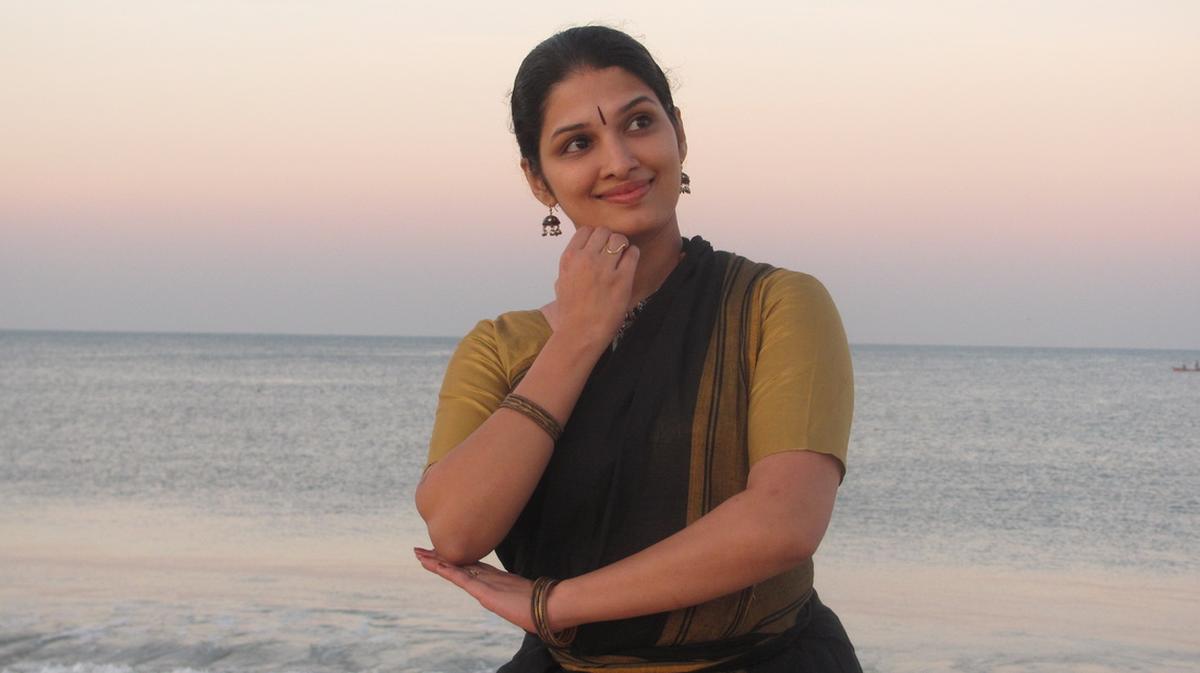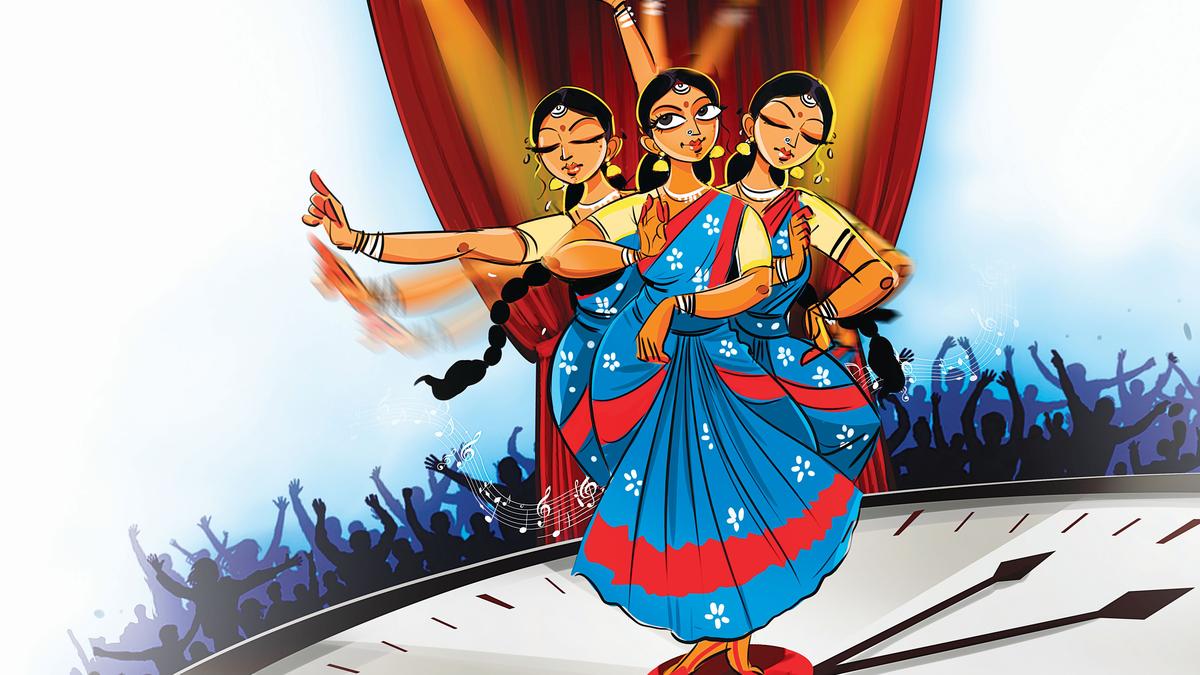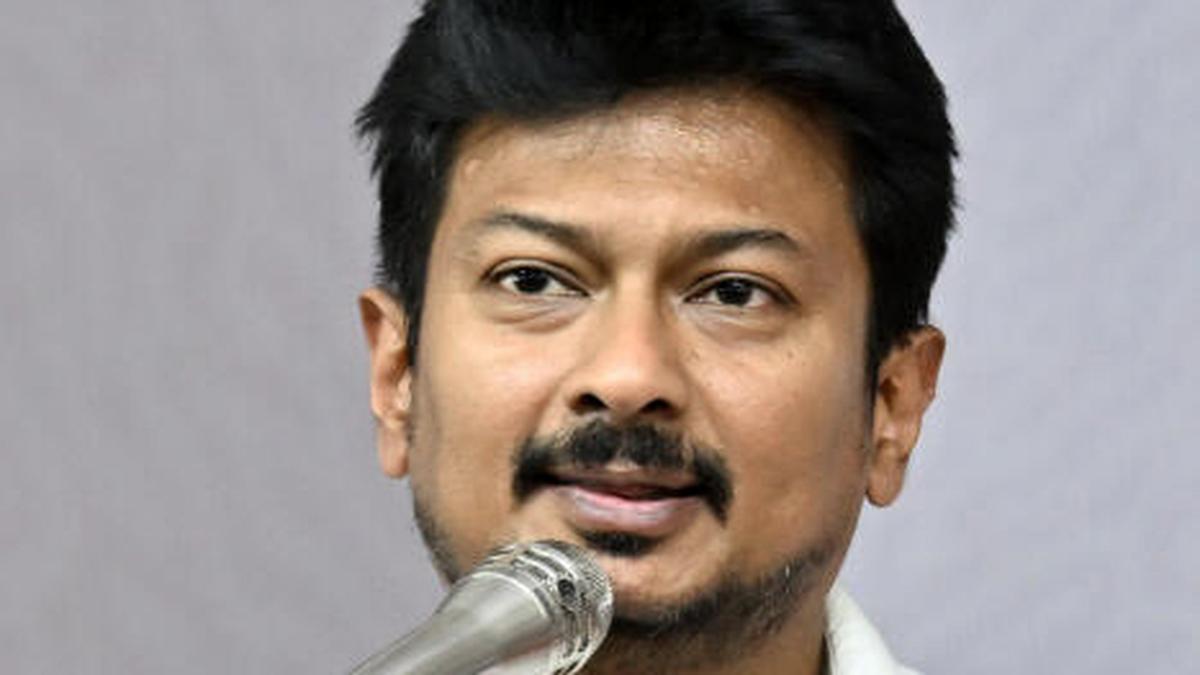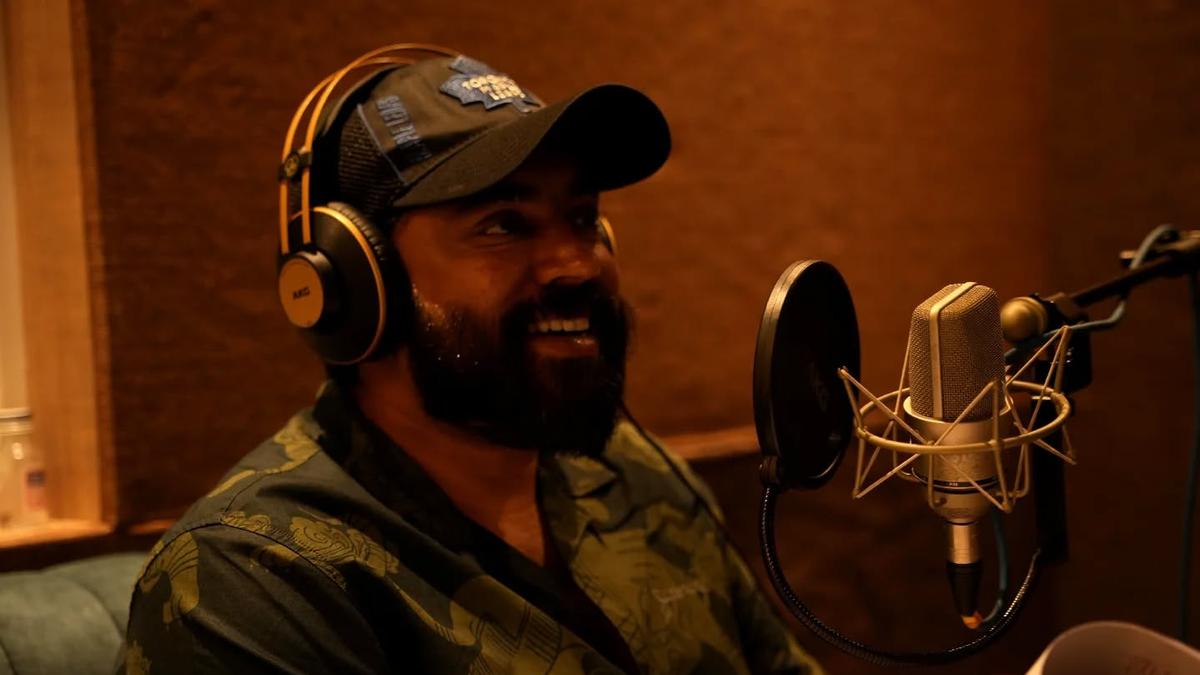Karnataka, my home state, has given birth to distinctive banis (styles) of Bharatanatyam such as the Mysuru and Kolar banis, each with its own lineage and aesthetic grammar. I come from Tulunadu, a region in coastal Karnataka that is equally steeped in cultural pride. As a Bharatanatyam practitioner from this region, I have long witnessed the passion with which our gurus and artistes strive to uphold and preserve traditional art forms.
However, over the past few weeks, I have been deeply disturbed by a trend that, in my view, threatens the sanctity of the classical arts. When the news broke out that a young dancer from Mangaluru is performing Bharatanatyam for 170 hours in an attempt to set a world record, I was shocked. Not long after, another dancer from Udupi announced she would perform for 216 hours — presumably to surpass the previous feat. More recently, I have learned of yet another young dancer from Chikkaballapura district of Karnataka, who has performed for 220 hours (10 days) during Navratri. Now, I hear a dancer from Bengaluru is attempting 250 hours, even before the Chikkaballapura girl has set her record. Where are they taking this?
My initial reaction was disbelief. Is this even humanly possible? More importantly, is this even Bharatanatyam?
Having dedicated decades to the study and performance of this art form, I can say with certainty that Bharatanatyam is not merely about movement — it is about depth, discipline and devotion. To perform a traditional margam, which usually spans one-and-a-half to two hours, takes years of rigorous training, physical endurance, emotional maturity and spiritual grounding. To suggest that one can perform continuously for several days raises serious questions — not only about the physical feasibility but about the integrity of the performance itself.
What concerns me even more is the public celebration of such acts. Some well-known cultural organisations have chosen to honour and felicitate these record-setting dancers. But in doing so, are we not inadvertently sending the wrong message to the younger generation and to lay audiences? Are we not reducing a deeply spiritual art form into a performative spectacle aimed at fame rather than expression?
Bharatanatyam is rooted in Sādhana — a slow, inward journey of self-discovery and surrender. At the very least, it demands precision (angashuddhi), emotional truth (bhava) and rhythmic alignment (tala). These cannot be compressed into a one-minute social media reel, nor can they be stretched across hundreds of hours for the sake of a record. True artistry lies not in the duration but in the depth of connection — with the self, with the audience, and with the divine.
To those who argue that this is a personal choice, I ask: when such acts are performed in public and labelled as Bharatanatyam, do they not shape the public understanding of the art form? When movements are repeated mechanically to recorded music, sometimes seated on chairs, sometimes stripped of rasa and meaning, what exactly are we showcasing?
While it is heartening to see artistes being recognised, I would also like to raise a pertinent question about the credibility of the organisation that confers the Golden Book of Records. Who constitutes the committee that decides these honours? Are there truly learned scholars, practitioners and connoisseurs of the art form who can assess the depth and authenticity of the performance? Without such assurance, the recognition risks becoming a superficial token rather than a genuine acknowledgement of artistic merit.
Some may dismiss this concern as envy or resistance to change. It is neither. My concern arises from a deep love for the art and a commitment to its future. If these performances were done in private, perhaps, this reflection would not be necessary. But once they are brought into the public eye and widely publicised, they become a statement — one that risks distorting the essence of our classical traditions.
I felt compelled to write about this now because two of these dancers hail from the region I represent. Their intentions may be sincere, but the consequences of such actions have far-reaching effects. They create a false benchmark, where quantity overshadows quality, and endurance is mistaken for excellence.
As artistes, we bear a responsibility — to our gurus, to our audiences, and to the generations yet to come. Let us not chase fleeting recognition at the cost of centuries of tradition. Let us return to the sadhana, to the quiet hours of practice, to the joy of perfecting a jati, to the honesty of abhinaya and to the stillness after a thillana. Let us not forget: Bharatanatyam is not a test of stamina. It is a prayer in motion — sacred, profound, and eternal.

Radhika Shetty.
| Photo Credit:
Special Arrangement
The writer is a Bharatanatyam artiste and founder-director of Nrityaangan, Mangaluru.
Published – September 30, 2025 02:46 pm IST



